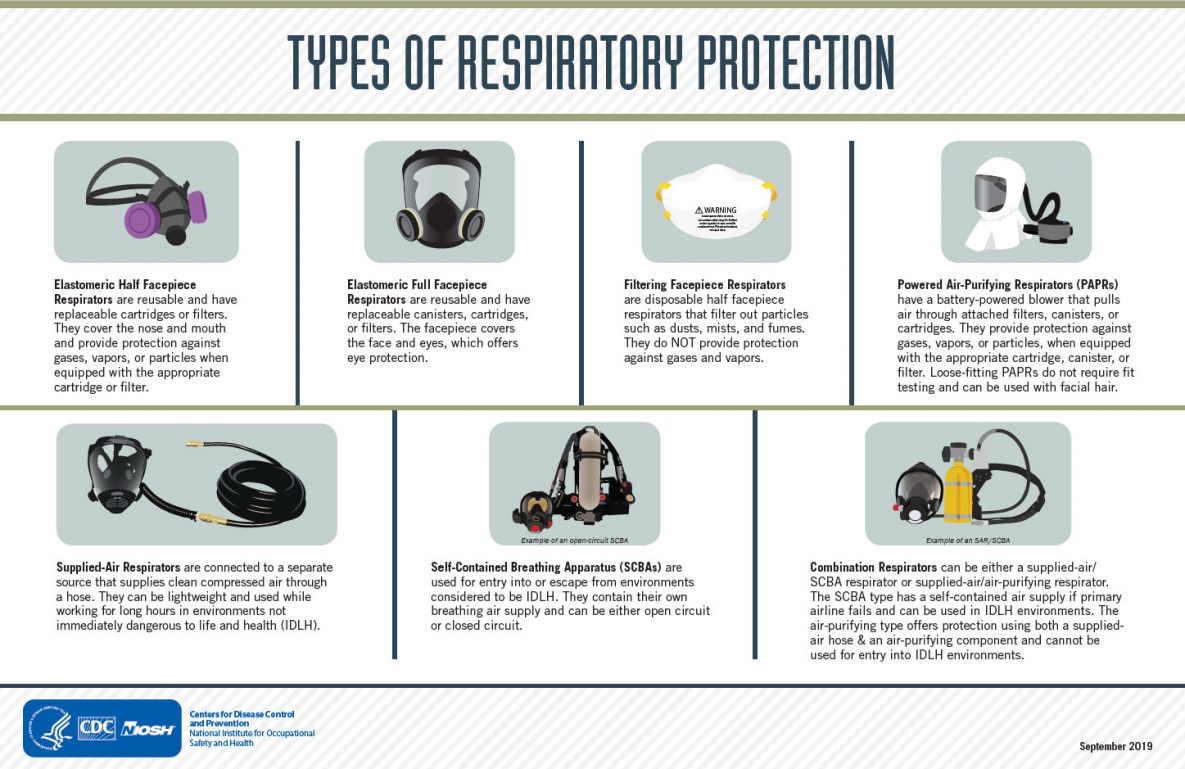The Respiratory Protection Information Trusted Source
Types of Respiratory Protection
There are two main types of respiratory protection—air-purifying respirators (APRs) and atmosphere-supplying respirators (ASRs). Each respirator type provides a different level of protection based on its design. Therefore, it’s important to choose the right type of respirator for the specific exposure. To do that, you must identify all respiratory hazards in your environment and the amount of exposure. Additionally, each type of respirator has an assigned protection factor (APF). This indicates the level of protection you can expect to receive from that respirator. Table 1 of the OSHA Respiratory Protection standard presents the APFs for each type of respirator.
For more information about selecting the proper respirator for the hazard, please refer to the NIOSH respirator selection logic.
Air-purifying respirators (APRs)
APRs use filters, cartridges, or canisters to remove gases, vapors, aerosols, or a combination of contaminants from the air. Tight-fitting APRs require fit testing prior to use. Below are the different types of APRs.
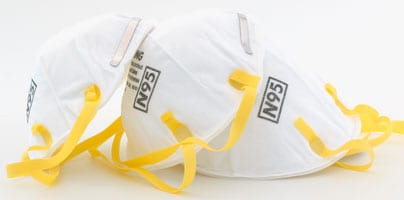
Photo courtesy of Shutterstock
FFRs are disposable respirators that cover the nose and mouth.
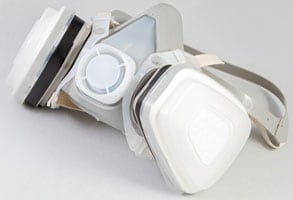
Photo courtesy of Shutterstock
EHMRs are reusable respirators and cover the nose and mouth.
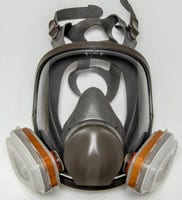
Photo courtesy of Shutterstock
Elastomeric full facepiece respirators are reusable and cover the nose, mouth, and eyes.
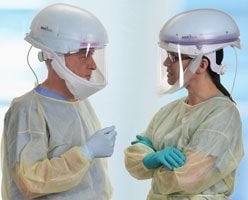
Photo courtesy of MaxAir
PAPRs are reusable and often have a hood or helmet that covers the nose, mouth, and eyes. A battery-powered blower pulls air through filters or cartridges.
Mention of any company or product does not constitute endorsement by NIOSH, CDC
NIOSH-approved Particulate Filtering Respirators Classification
There are ten classes of NIOSH-approved particulate filtering respirators. These types of respirators use filters to remove particles from the air that is breathed through them. The N, R, and P designations refer to the filter’s oil resistance as described in the table below.
| Filter Class | Description |
| N95, N99, N100 | Filters at least 95%, 99%, 99.97% of airborne particles. Not resistant to oil. |
| R95, R99, R100 | Filters at least 95%, 99%, 99.97% of airborne particles. Somewhat resistant to oil. |
| P95, P99, P100 | Filters at least 95%, 99%, 99.97% of airborne particles. Strongly resistant to oil. |
| HE (High Efficiency Particulate Air) | Filters at least 99.97% of airborne particles. For use on PAPRs only. PAPRs use only HE filters. |
 What are Air-Purifying Respirators? (2017) [PDF - 239 KB]An infographic showing the different types of air-purifying respirators with brief descriptions.
What are Air-Purifying Respirators? (2017) [PDF - 239 KB]An infographic showing the different types of air-purifying respirators with brief descriptions. A Guide to Air-Purifying Respirators (2018)A fact sheet identifying and describing the types of air-purifying respirators and their basic functions.
A Guide to Air-Purifying Respirators (2018)A fact sheet identifying and describing the types of air-purifying respirators and their basic functions. NIOSH Respirator Filter Classes (2018)An infographic identifying the differences between the three different respirator filter classes.
NIOSH Respirator Filter Classes (2018)An infographic identifying the differences between the three different respirator filter classes. Elastomeric Half Mask Respirator ResourcesA webpage dedicated to elastomeric half mask respirator resources including NIOSH studies, publications, and other relevant published material.
Elastomeric Half Mask Respirator ResourcesA webpage dedicated to elastomeric half mask respirator resources including NIOSH studies, publications, and other relevant published material.
Atmosphere-supplying respirators (ASRs)
ASRs provide clean breathing air from a separate source. These respirators protect workers from many types of airborne contaminants (particles, gases, and vapors) and, in certain cases, oxygen-deficient atmospheres. Tight-fitting ASRs require fit testing prior to use. Below are the different types of ASRs.
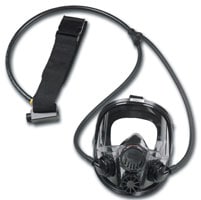
Photo courtesy of Honeywell International Inc.
SARs are connected to a separate source that supplies breathing air via a hose. This source is located outside of the work area.
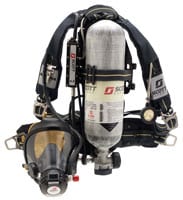
Photo courtesy of 3M Scott
SCBAs have their own breathing air supply that the user carries. This makes these devices portable. SCBAs are either open circuit or closed circuit.
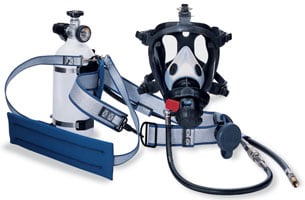
Photo courtesy of Survivair
This combination unit has a small self-contained air supply. The SCBA provides air if the airline supply fails.
Mention of any company or product does not constitute endorsement by NIOSH, CDC
 What are Atmosphere-Supplying Respirators? (2019)An infographic showing the different types of atmosphere-supplying respirators with brief descriptions.
What are Atmosphere-Supplying Respirators? (2019)An infographic showing the different types of atmosphere-supplying respirators with brief descriptions. A Guide to Atmosphere-Supplying Respirators (2019)A fact sheet identifying and describing the types of atmosphere-supplying respirators and their basic functions.
A Guide to Atmosphere-Supplying Respirators (2019)A fact sheet identifying and describing the types of atmosphere-supplying respirators and their basic functions.
Searching for NIOSH-approved Respirators
The Certified Equipment List (CEL) is the official list of all NIOSH-approved respirators. Alternatively, NIOSH keeps a list of the NIOSH-approved air-purifying respirators organized by filter series type. Supplier information and donning instructions are also available in these lists.
